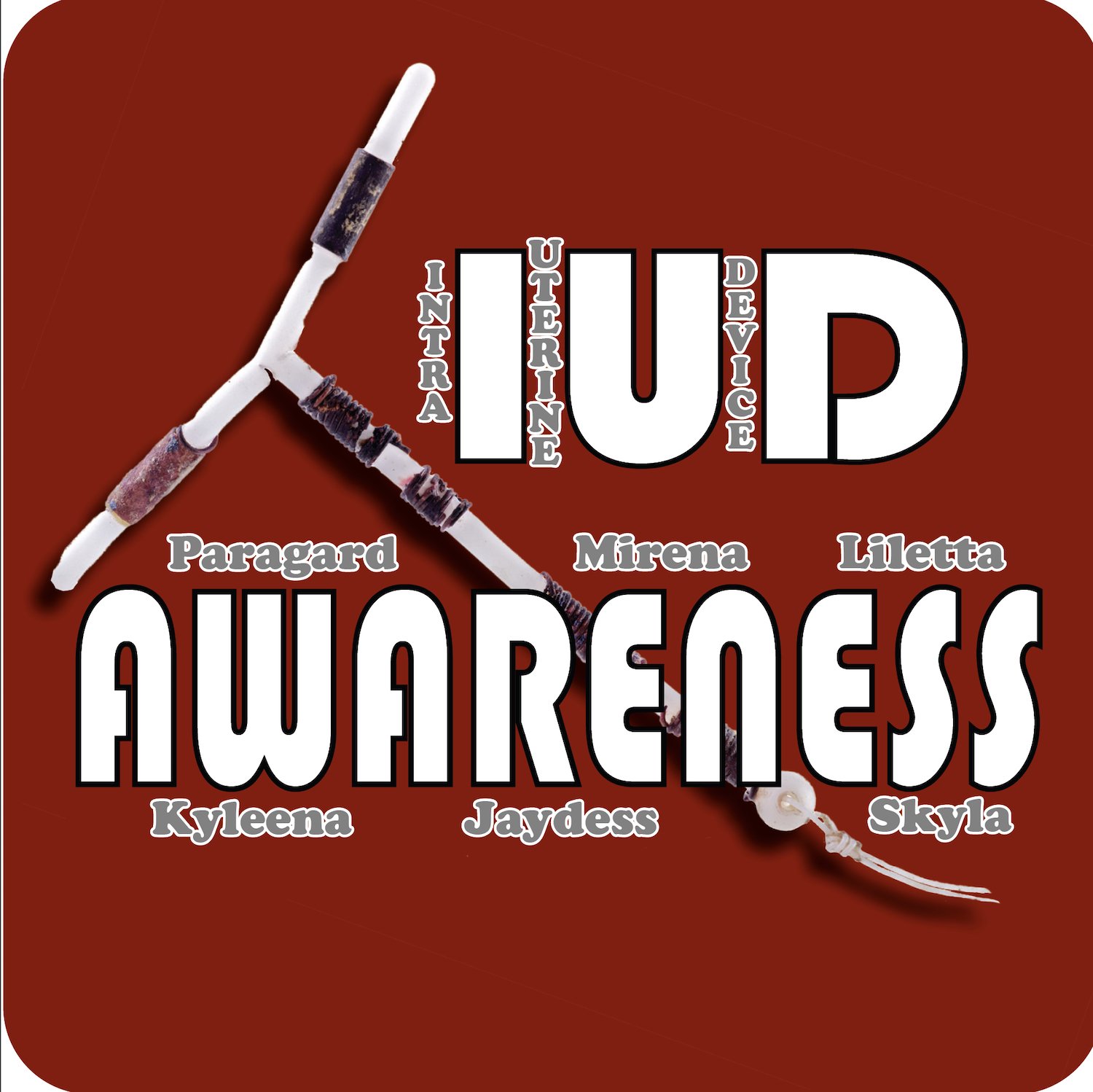Safety of intrauterine devices in MRI
/Read MoreStandard IUDs (copper/gold) can be considered as conditional for MR safety at 1.5 T and 3.0 T, demonstrating at wbSAR up to 4W/kg and a magnetic field gradient of up to 40T/m with minimal imaging artifacts. The stainless steel IUD, however, induces unacceptable artifacts and is potentially harmful to patients during MRI due to high magnetic dislocation forces and torque (MR unsafe).


























